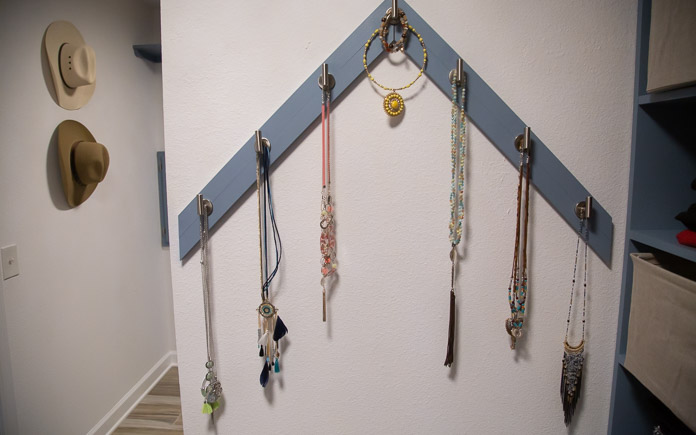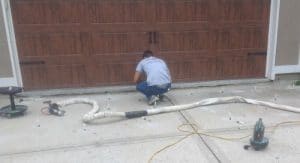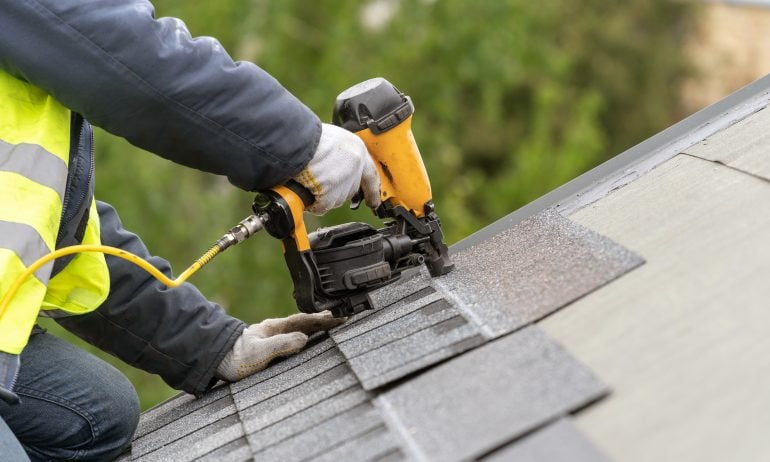What Happens When Winter Weather Affects Your Siding


Winter weather offers time to relax in front of a cozy fire, sip hot chocolate, and watch the snowfall. But it’s also a time to keep an eye on your home siding and make sure it’s standing up well to stormy elements.
While you may think of your roof and driveway as the main victims of cold weather, your siding can also take quite a beating. Here’s how winter can affect your siding and how to spot signs of damage:
What Causes Winter Weather to Be a Problem for Siding?
Several aspects of winter storms can result in problems for your home siding—which can lead to costly repairs. Here’s why.
Strong Winds
Blustery snowstorms are all too common in areas like Michigan, and the powerful winds are damaging. If your siding is aging, a strong gust can tear those boards free, exposing the vulnerable structure underneath to moisture. Windborne debris such as fallen tree branches or loose outdoor furniture can strike and crack your siding.
Ice Dams and Icicles
During winter, a little sunlight during the day can cause ice atop your roof to melt, but that moisture refreezes as temperatures dip at night. This makes it more likely that ice will gather at the edge of your roof, causing large icicles that can fall, striking and cracking your siding.
Excess Moisture
Dampness and leaks are the enemies of every home. And unfortunately, sleet and freezing rain can result in a lot of problematic precipitation. This moisture can find its way into and behind siding if the boards are cracked, loose, stripped of protective paint, or improperly installed.
5 Places to Check Your Siding for Signs of Damage
If wintry storms have caused harm to your siding, you’ll likely see evidence in one or more of these 5 spots—all of which can expose your home’s structure to moisture damage.
1. Broken Siding
Freezing temperatures can cause many home-building materials to stiffen and break. This issue is particularly common if you have vinyl siding, which becomes brittle in cold weather. Tree branches and other flying debris can also cause siding to crack.
2. Warped Boards
Both vinyl and wood siding are vulnerable to warping when exposed to cold and excess dampness. As the siding boards twist out of place, moisture can sneak into the gaps, wearing away at your home’s internal structure. You might not even see the damage until it’s too late.
3. Loose Panels
If siding is not securely installed, or if it is already wearing down due to age or past damage, the boards may pull away from your exterior wall. Moisture can get in, leading to leaks. And pests seeking a safe nest from the cold (like rodents and insects) may be able to get in and make a home in the exposed spaces.
4. Leaky Seals
As wind, ice, and freezing temperatures continue to pummel your house, the seals and caulking between siding boards and your exterior walls can loosen, crack or break. This allows moisture to get in, leading to rot and unhealthy mold growth.
5. Dents and Holes
Windy winter storms can toss debris at your siding, leading to dents and holes that disfigure the boards. While this doesn’t necessarily mean you’ll be immediately at risk of a leak, this kind of damage is visible from the curb, making your property look unattractive and worn down.
Protect Your Home with Lasting Siding Installed by Our Local Team
Winter doesn’t have to win out against your home. If you notice signs of siding damage or if you’re contemplating an upgrade for your home exterior, we can help you achieve the eye-catching curb appeal and the durable protection you deserve. Our siding pros at John McCarter Construction will listen to your goals, walk you through your options, and give you precise, trusted siding installation that makes you proud of your property.
Learn more about our siding replacement services for the greater Detroit and Ann Arbor regions.







